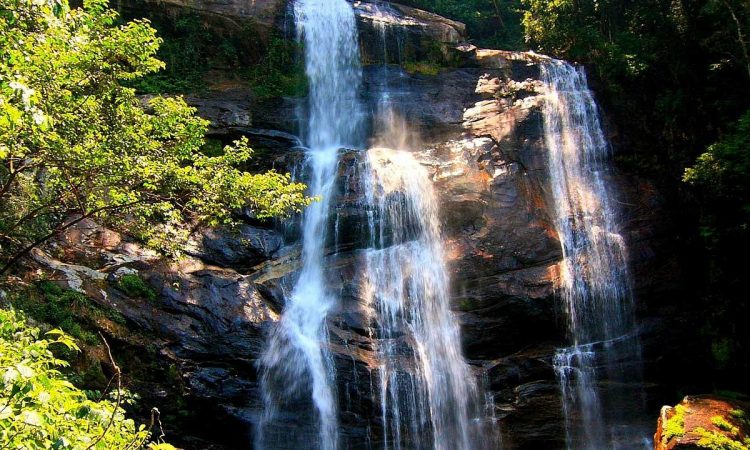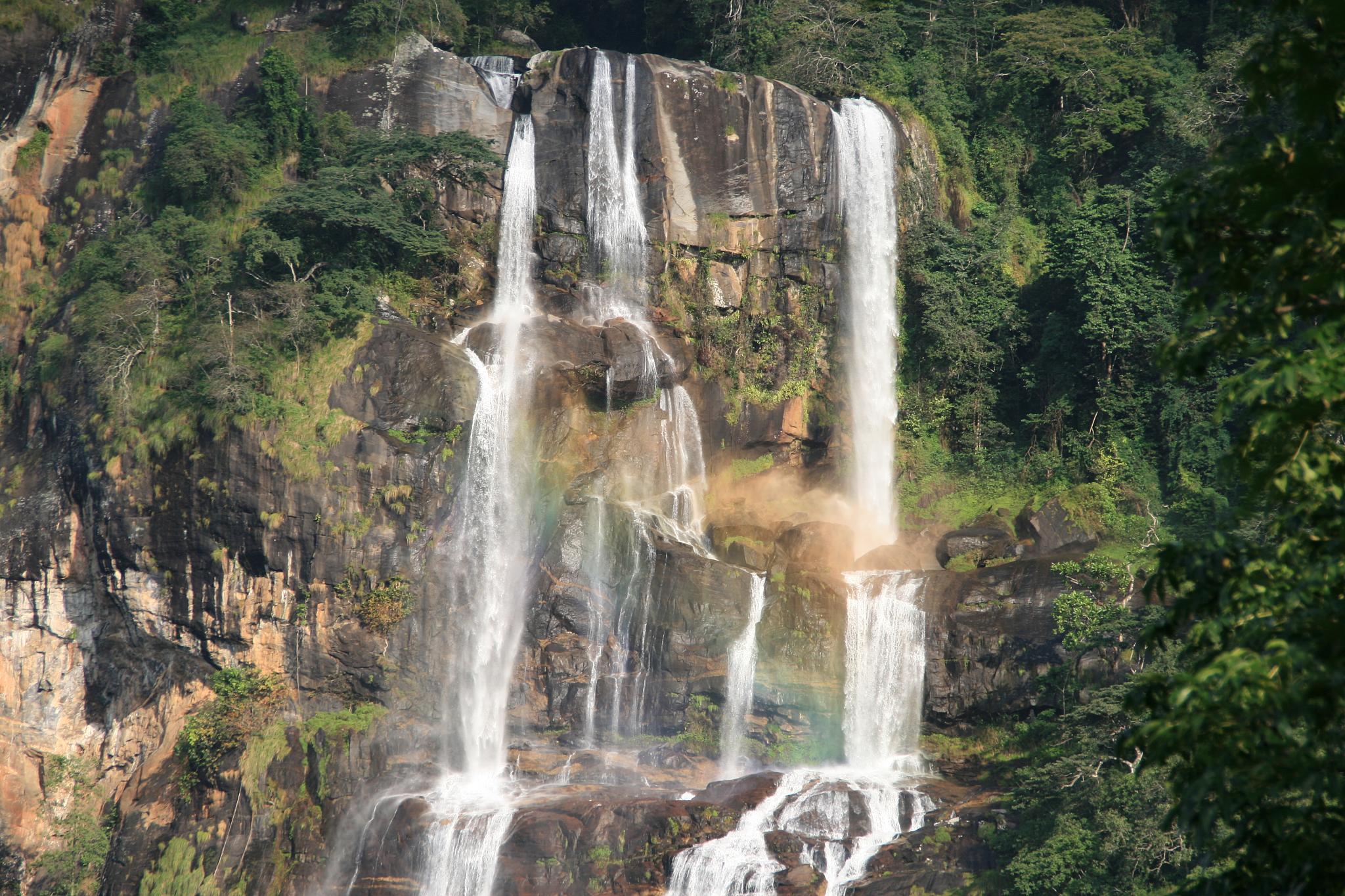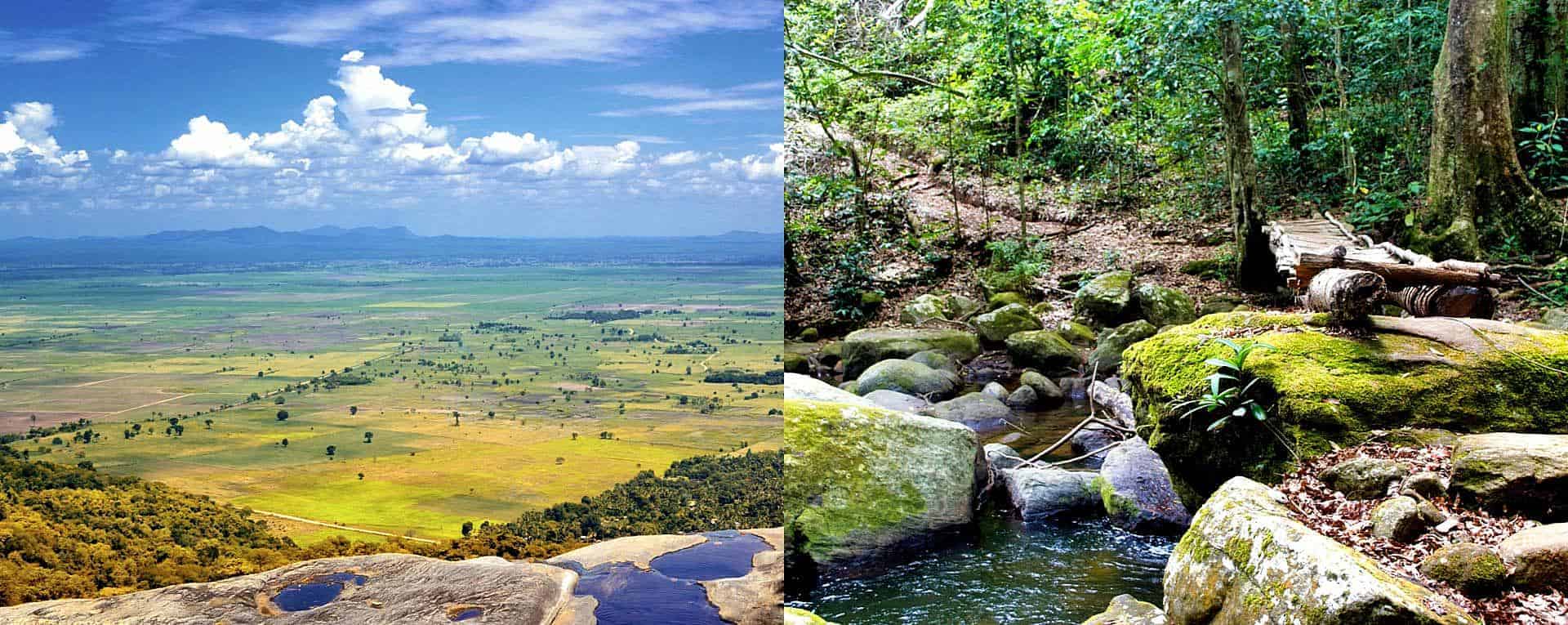Udzungwa Mountains National Park is a nature sanctuary for practically every creature on the African continent, but its beauty has not gotten the attention it deserves from both local and foreign tourists. Udzungwa Mountains National Park has been in existence for 23 years and is located 60 kilometers south of Mikumi National Park along the Mikumi-Ifakara route and approximately 380 kilometers from Tanzania’s economic hub, Dar es Salaam. The park is 1,990 square kilometers in size. There is a vertical height range of 250-2,576 meters (the peak of Lohomero), which incorporates the Udzungwa Mountains part of the Eastern Arc Mountains. It has the second largest biodiversity of a national park in Africa. It was called by the Germans, most likely in connection to the term “Wasungwa,” which refers to one of the tribes who reside on the mountain slopes.

There are about four hundred bird species, about three thousand plant species (twenty five per cent of which are endemics) and six primate species. Six primate species have been recorded in the park, five of which are endemic. The habitats contained within the national park include tropical rainforest, mountain forest, miombo woodland, grassland and steppe.

Safari at the Odzungwa mountain national park is exceptional as it gives the opportunity to explore the landscape and enjoy hiking to the mountain ranges with the rainforest as well as arid savannah vegetation. The Galapagos Island of Africa that’s the famous name of this forest and its named because of the levels of biodiversity and endemism in other words it means it has the ecological state that is very unique to define a geographical location.
Speaking of the woodland at Odzungwa Mountain National Park, it is usually referred to a little haven for many wildlife, including elephants, who reside in the dense forests to the south. This national park spans the mountain’s eastern arch and is home to a variety of species including buffalo, lions, leopards, wild dogs, and elands, Udzungwa Mountains National Park.
The Odzungwa Mountain is home to a variety of animal species, including bushbucks, sable, greater Kudu, Harvey’s Red Duiker, bush duikers, sun squirrels, climbing mice, and hippos.
This forest is also home to primates, including the golden baboon, the Little Galago, the small-eared Galago, the Greater Galago, the vervet monkey, and the Sykes monkey. The endangered Iringa red colobus monkey and the Sanje crested mangabey are the most distinctive primates.
This forest is rated as one of the top three sites on the African continent for bird conservation. Because this forest is home to over 400 different bird species, it is regarded as the ideal location for bird lovers. African marabou, crowned eagles, Ruppell’s vulture, and African hobby are examples of birds. Even while hiking, the beautiful birds will not disappoint you as they sing beautiful songs that will entertain your ears and make you less tired on your way up to Odzungwa Mountain.
If you are to go for a tour at Odzungwa Mountain National Park you will begins with the arrival to this national park, which is located 283 kilometers from the capital of Dar es Salaam. Hiking in the Odzungwa forest usually begins with a visit of the Mikumi national park and then proceeds to the Odzungwa woodland. The next stop is usually here after the game drive from Mikumi National Park.
When you arrive, depending on what time you arrive, the first thing you do is register, followed by going on a game drive and enjoying seeing the creatures located here. Hiking does not commence on the day of arrival, but rather the next day. Mang’ula is the location for registration upon arrival, and from there you will proceed to the starting spot of the race. Trekking on the Sanje trails. If you come early, you will have a half-day trekking or game drive where you will observe many animals and primate. After a long day of arrival and registrations, then comes the actual hiking day. Since it is the actual hiking day, it will start as early as possible with a seven AM breakfast. The hike must begin early to escape the blazing heat; the first goal is to reach the 180-meter-high Sanje waterfalls. It has the most stunning landscape because it is surrounded by rain forest. The most amazing view of the spectacular Kilombero floodplains, as well as the evergreen tall standing forest. The cool plunge pool will not disappoint you after a half-day hike. Nothing can make you feel wonderful and caress your skin like the water of this pool, which is located at the summit. Packed lunches taste even better at this high altitude. This is where you will have lunch and take in the wonderful scenery. During this walk, it is usual to encounter the Iringa red colobus and the Sanje crested mangabey, which are rare primates found exclusively in this area. The paths to the top are determined by the guides because there are several approaches to the Sanje Waterfalls. Following this, you will return to the camps and motels for food and rest. The Sanje Waterfalls have three distinct stages: the two hundred meters stage, the seventy meters stage, and finally the smallest of all which is the forty meters stage. It is possible to do a day hike that just visits the Sanje water fall without reaching the Mwanihana Mountain, which is generally reached on the third day of climbing. The two-day hike concludes with this water fall.

Udzungwa contains so many different bird species that it’s impossible to observe them all in a single trip. The park is home to around 400 distinct bird species. It is, in fact, one of Tanzania’s most important bird sanctuaries. There are endemic birds, such as the Eastern Arc, as well as numerous common birds, such as the green-headed oriole. Many ornithologists believe that the park is an avian treasure trove. There are also water-falls and intriguing hiking paths, and the park administration hopes to add more to enhance the visitor experience.
Another unique experience at Odzungwa is the abandoned villages. At Odzungwa Mountain National Park you will encounter Mbatwa and Mdene Villages in the North Western region of the park. They were once good settlements for people to live, but them being abandoned is a proof of continued migration of people in searches of much more favorable living conditions.


